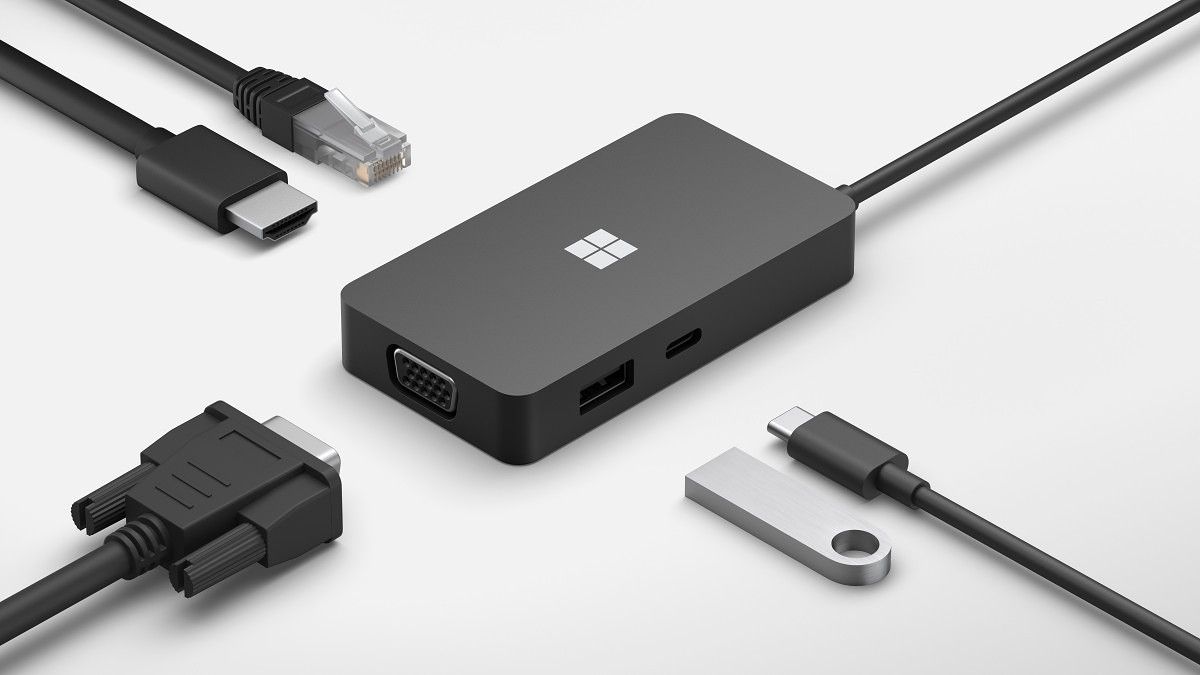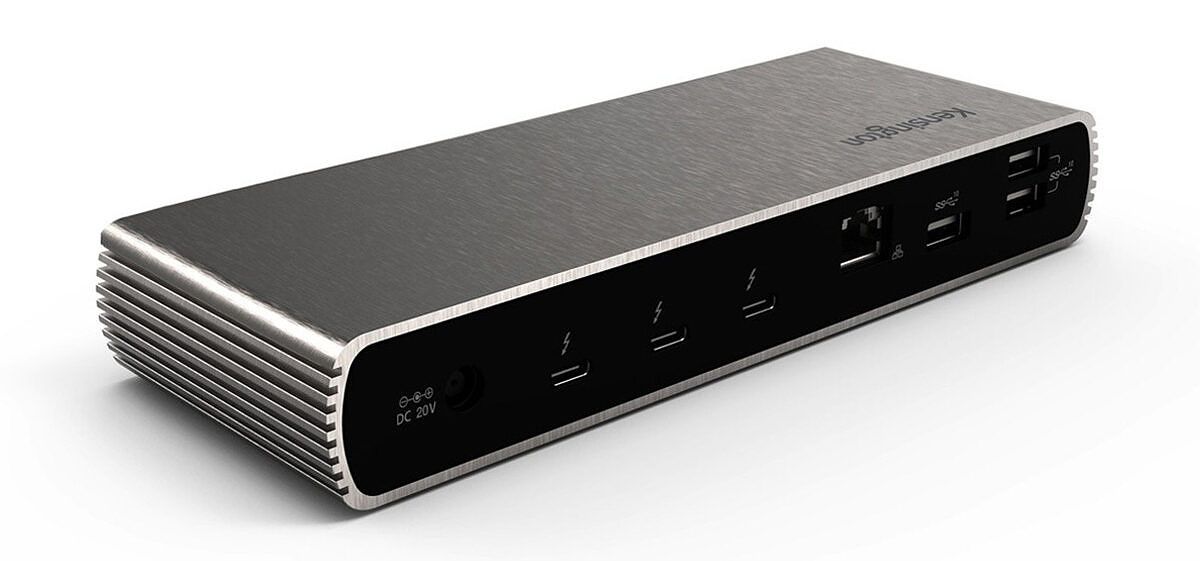The iPhone 14 Pro Max and Galaxy S22 Ultra aren’t just Apple and Samsung’s biggest and best slab smartphone offerings of 2022, they’re also likely the two biggest and best smartphones on the market, period.
A good argument could have been made for the Xiaomi 12S Ultra if it wasn’t sold only in China, and perhaps the Pixel 7 Pro will dethrone the Galaxy S22 Ultra, but it’s too early to make that call as we haven’t had enough time with the devices yet.
Plus, no other phone brand has the worldwide availability of Apple and Samsung, so for most of the world, the iPhone 14 Pro Max and Galaxy S22 Ultra do represent the two absolute best smartphone options right now. But which one is better? I’ve had extensive time with both, and here’s my breakdown.
- The Galaxy S22 Ultra is the best of the best right now in the Android space, with the best screen, the best zoom camera, and an S Pen to boot!
- The iPhone 14 Pro and Pro Max are the highest-end 2022 phones from Apple. They introduce the A16 Bionic chip, Dynamic Island, Always-on display, and more.
Apple iPhone 14 Pro Max vs Samsung Galaxy S22 Ultra: Specifications
| Specifications | Samsung Galaxy S22 Ultra | Apple iPhone 14 Pro Max |
|---|---|---|
| Build |
|
|
| Dimensions & Weight |
|
|
| Display |
|
|
| SoC |
|
|
| RAM & Storage |
|
|
| Battery & Charging |
|
|
| Security | Ultrasonic in-Display fingerprint scanner | Face ID |
| Rear Camera(s) |
|
|
| Front Camera(s) | 40MP | 12MP |
| Port(s) | USB-C | Lightning |
| Audio | Stereo speakers | Stereo speakers |
| Connectivity |
|
|
| Software | One UI 4.1 over Android 12 | iOS 16 |
| Other Features |
|
Dual eSIM in US, Dual physical SIM elsewhere |
Apple iPhone 14 Pro Max vs Samsung Galaxy S22 Ultra: Hardware and Design

“Premium materials with plenty of superfluous marketing speak” is the name of the game here in terms of construction. The iPhone 14 Pro Max packs a 6.7-inch “Super Retina XDR” display and “Ceramic Shield” glass on the front and back, wrapped by stainless steel frames. The Samsung Galaxy S22 Ultra, meanwhile, has a slightly larger 6.8-inch “Dynamic AMOLED 2X” display and “Armor Aluminum” frame, and “Gorilla Glass Victus” front and back. If you don’t know what some of those terms mean, don’t worry, it just means these phones have toughened glass and gorgeous, brilliant display panels that are among the absolute best screens in any industry. The iPhone 14 Pro Max’s use of stainless steel frame compared to Samsung’s aluminum is technically a win, but I’d probably trade the stainless steel for aluminum if it means I can shed 5-10g from the iPhone 14 Pro Max’s 240g weight.
Both are big phones, but this is one of the best examples of how much curves improve the in-hand feel. Even though Samsung’s device is actually slightly wider and thicker, I prefer the Galaxy S22 Ultra’s in-hand feel because the sides are curved, compared to the iPhone 14 Pro Max’s boxy design with hard edges.

This is just my opinion, of course. I’d suggest going into the Apple Store and holding a Pro Max iPhone for yourself to see what you think. To me, the iPhone 14 Pro Max (just like the 12 and 13 Pro Max) is uncomfortable to hold as is. Thankfully there are lots of iPhone 14 Pro Max cases that soften the hard edges. This isn’t to say the Galaxy S22 Ultra is an ergonomics champion either. Its pointy corners are also slightly uncomfortable to me, but more manageable.
Displays

As mentioned, both screens are absolute stunners but dig deeper and we can see each trade wins. Samsung’s screen technically packs more pixels, but you won’t really notice it. Both are LTPO panels with a refresh rate that can get as low as 1Hz and as high as 120Hz. And for the first time in a long while, Samsung doesn’t win the display brightness battle, as the iPhone 14 Pro Max’s 2,000 nits of peak brightness edges out the Galaxy S22 Ultra’s 1,800 nits. In reality though, the difference is negligible — both screens are perfectly usable even under harsh sunlight.
The Galaxy S22 Ultra’s screen is not only slightly bigger, but it also has fewer interruptions with a single-hole punch instead of the iPhone’s pill-shaped cutout named the Dynamic Island.

I have gone on record saying I actually like Dynamic Island — I’m a fan of the animations and I think it does bring some practical use cases — but I am aware that I seem to be in the minority. For many people, a pill shape cutout still eats into the screen a bit too much. And that’s a fair point — if I am watching a video in full screen, the Galaxy S22 Ultra display does feel more immersive.

The Galaxy S22 Ultra has one extra piece of hardware that the iPhone, or 99% of phones, do not have: a stylus. Samsung calls it the S Pen, and it can do several things ranging from the obvious like an input tool for sketches and scribbles, to doubling as a Bluetooth remote for the camera.

I personally very rarely use the S Pen but there are people who swear by it, and ultimately, this is a free bonus that Samsung isn’t charging extra for, so it can’t be anything but a good thing.
Silicon
The iPhone wins this one hands down. The Apple A16 Bionic is a more powerful and efficient chip than either the Qualcomm Snapdragon 8 Gen 1 or Exynos 2200. No matter the type of test — benchmark apps, video exporting speed test, machine learning tasks — the iPhone 14 Pro Max is more capable.




This isn’t to say the Galaxy S22 Ultra is not powerful. The Snapdragon 8 Gen 1 is still a very capable silicon, and for most people whose smartphone usage consists of email, texting, social media, and watching videos, it’s more than good enough. I can’t speak for the Exynos 2200, however, as I haven’t used that silicon.
Memory, battery, speakers, and other bits
The Galaxy S22 Ultra has more RAM and a larger battery than the iPhone 14 Pro Max, but they don’t matter much because the A16 Bionic is so efficient. For the most part, both phones are equally fast in terms of loading previously used apps, but the iPhone 14 Pro Max has superior battery life. I’m a pretty heavy user who on weekends will be out for 12-14 hours, constantly snapping pics, shooting videos, and editing those videos on the fly to share on Instagram. I also stream music during commutes and text often. For me, the iPhone 14 Pro Max can consistently finish those heavy 13, 14- hour days still with well over 25% battery left, while the S22 Ultra would squeak by with maybe 8-15%. I have never run out of battery with the iPhone 14 Pro Max once during my weeks of use; I can’t say the same about the S22 Ultra.
Speaker quality is excellent from both devices — loud and full audio emits from the stereo speaker grills.
Apple iPhone 14 Pro Max vs Samsung Galaxy S22 Ultra: Cameras

After seven years of sticking with a 12MP sensor, Apple finally jumps into the megapixel arms race with the iPhone 14 Pro phones, going with a 48MP camera that’s then used to produce pixel-binned 12MP photos. This trick of using a more pixel-dense sensor for binning purposes, of course, has been in Android phones for years, with the Galaxy S series being one of the more prominent examples. The Galaxy S22 Ultra uses a 108MP sensor that then does 9-in-1 binning to produce a 12MP shot.
Generally speaking, both cameras are quite good, pulling in lots of light naturally, with strong HDR capabilities. The Galaxy S22 Ultra’s images are consistently “brighter,” with a cooler tone, but the iPhone’s deeper shadows work in its favor in many shots.












The same processing differences apply to the ultra-wide cameras, with both phones’ 12MP shooters grabbing respectable shots day or night — the latter with a copious amount of night mode software assistance.




For zoom photography, both phones have dedicated 3x telephoto lenses but the Galaxy S22 Ultra also has a 10x Periscope sensor that beats anything on the market right now.






The iPhone has an advantage in portraits, not just because Apple’s processing of skin is more natural, or the more convincing artificial bokeh, but the iPhone 14 Pro Max also shoots portraits in a more normal 2x focal length that’s closer to a typical 50mm camera lens. The Galaxy S22 Ultra uses a 3x telephoto lens that’s a bit closer than most people would be comfortable with. The iPhone’s 2x zoom is a good one too, because it’s an in-sensor crop into the 48MP sensor. The S22 Ultra’s 108MP sensor is definitely capable of such a trick too but Samsung has not employed this in portrait photography.




Both phones have excellent video capabilities and selfies too. Overall, comparing the best Apple camera against the best Samsung cameras is a closer exercise than before, as each brand has made strides in areas that were previously a strength of the other brand: Apple has drastically improved its camera hardware with larger sensors and more pixels; Samsung has improved its computational photography and software image processing.
Apple iPhone 14 Pro Max vs Samsung Galaxy S22 Ultra: Software and Performance

This is the most subjective part of this comparison: The iPhone 14 Pro Max runs on iOS 16; the Galaxy S22 Ultra runs on Android 12 with OneUI 4.1.
Everyone reading this deep into the article should know the fundamental differences between iOS and Android, like how each OS handles notifications differently, or how the Android homescreen is generally a lot more freely customizable. So let’s not waste time going over the differences.








Instead let’s highlight software features specific to these two phones: Samsung’s OneUI is significantly better at taking advantage of the extra screen space. OneUI, even more than Android, can adapt itself to play nicely with small or large phone screens. You can make your homescreen grid denser, for example, so you can fit more apps and widgets onto the screen; you can rotate the homescreen to landscape orientation; you can run two apps at once in split-screen mode or have one app floating on top of another.
iOS, on the other hand, isn’t particularly optimized at all for the larger screen. iOS 16 runs exactly the same, whether on the 6.8-inch iPhone 14 Pro Max or the 5.4-inch iPhone 13 Mini. This means if you jump from a Mini to a Pro Max, you don’t get to see more information on the homescreen, just larger versions of the same information. To have such as large canvas and not even be able to run two apps at the same time (with the exception of some video apps’ picture-in-picture features) is disappointing.
But iOS gets a fair share of things right. I think 120Hz on iOS 16 looks noticeably more fluid than 120Hz on OneUI 4.1; there are quite a few apps that have superior iOS versions than Android; and as mentioned earlier, I am a fan of the Dynamic Island and all the various animations and little touches it enables.
Still, the Galaxy S22 Ultra’s software lets me be a lot more productive (superior multi-tasking), so I still prefer it over iOS.
General performance is fine for both phones, even if the iPhone 14 Pro Max is the more powerful device. As a personal computer that is with me every waking moment and serves to not only entertain but allow me to communicate with the world, both phones do what they’re supposed to do without major issues. I wish the iPhone 14 Pro Max would let me show more information on the homescreen, but I also wish the Galaxy S22 Ultra had better UI animations.
Apple iPhone 14 Pro Max vs Samsung Galaxy S22 Ultra: Which one should you buy?
Honestly, you can’t go wrong with either phone, as they’re among the absolute best of the best devices on the market. I’m partial to the Galaxy S22 Ultra personally because I like to multi-task and snap zoom photography, but I can see a strong case for the iPhone 14 Pro for those who want a more future-proofed processor, more cohesive UI, a stronger app, and third-party product ecosystem, etc.
This is a cop-out, but it really comes down to which OS you like better. Are you an Android person or an iOS person? What you choose from these excellent phones depends entirely on your OS preference.
- The Galaxy S22 Ultra is the best of the best right now in the Android space, with the best screen, the best zoom camera, and an S Pen to boot!
- The iPhone 14 Pro and Pro Max are the highest-end 2022 phones from Apple. They introduce the A16 Bionic chip, Dynamic Island, Always-on display, and more.
The post Apple iPhone 14 Pro Max vs Samsung Galaxy S22 Ultra: Android vs iOS heats up in the premium space appeared first on XDA.
from XDA https://ift.tt/PSI8mC4
via IFTTT































